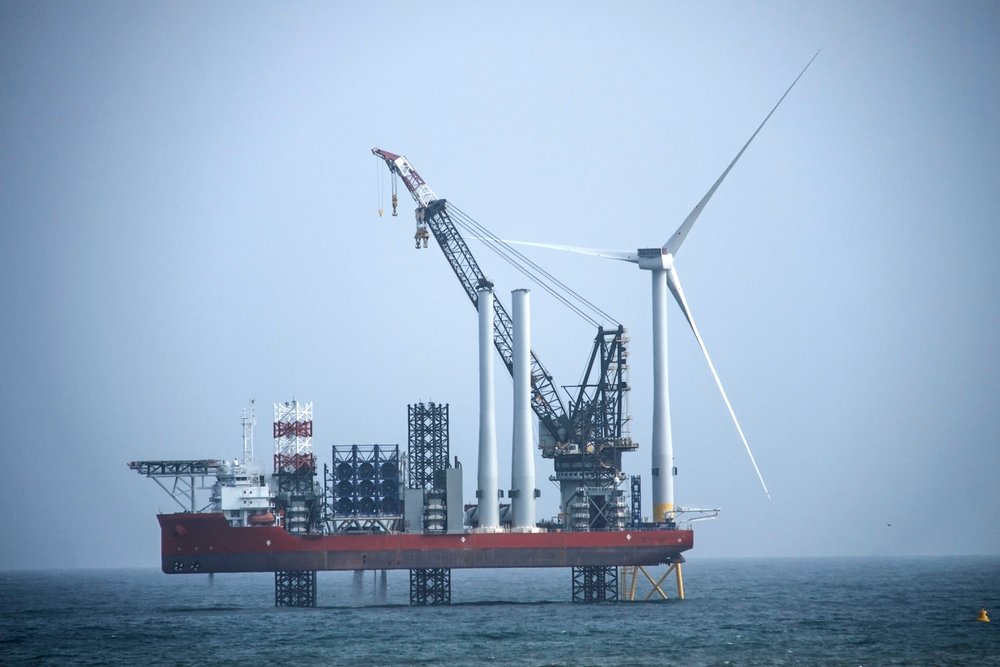Despite the challenges in 2021, renewable energy deployment has been robust. Many cities, states, and utilities have set ambitious clean energy targets, resulting in renewable portfolio standards and energy storage procurement mandates. As a result, the outlook for global renewable energy deployment is strong overall and poised for record-breaking growth. In particular, off-shore wind energy deployment is expected to increase dramatically in the upcoming years.
However, the industry is also experiencing many of the same issues impacting the larger economy, including transportation and construction delays, logistical challenges, and material shortages. Addressing these hurdles is essential for reducing the consumption of fossil fuels and reducing greenhouse gas emissions.
Supply Chain Bottlenecks
Global supply chains are plagued with shortages and delays due to transportation bottlenecks and labor and material shortages. For example, solar and wind energy contractors rely on imported solar and wind energy equipment, yet many ports are backlogged and shorthanded. Also, material sourcing issues have impacted manufacturers. These supply chain issues can delay projects and create uncertainty.
Labor Shortages
Constructing a wind farm or solar plant is labor-intensive. In particular, the construction phase of the project depends on renewable energy contractors. Thus, worker shortages are particularly problematic to keeping projects on schedule and within the budget. Unfortunately, the industry was already experiencing a shortage of trained and skilled workers before the pandemic, and this issue is intensifying.
Utility Interconnection Issues
Securing a spot on the interconnection queue is critical for a renewable energy project to move forward. Unfortunately, the cost and timeline for this can be problematic to clean energy deployment, making it difficult to set a firm PPA price and project times. As renewable energy capacity expands, a flurry of interconnection requests has slowed down the process.
Lack of Transmission Infrastructure
Often, renewable energy projects are located away from population centers because land is cheaper. However, renewable energy deployment relies on the grid to bring electricity to population centers, requiring adequate infrastructure. Unfortunately, lack of transmission is emerging as a critical hurdle for deployment. In particular, the offshore wind energy industry is facing significant challenges.
Renewable Energy Equipment Cost Increases
The rise in material costs, supply chain delays, and transportation bottlenecks are driving up project costs. One of the big culprits is the rising cost of container ships from China, where most solar panels are manufactured.
According to the Shanghai Freight Index, which tracks the cost of sending a container from Shanghai to numerous ports worldwide, it has increased about six-fold from pre-pandemic levels. Meanwhile, the price of polysilicon has become more expensive.
For renewable energy projects with tight margins, this could make a once seemingly profitable project unprofitable. According to analysts at Rystad Energy, rising shipping and equipment costs could postpone or cancel 56% of the global utility-scale solar energy projects planned for 2022.










